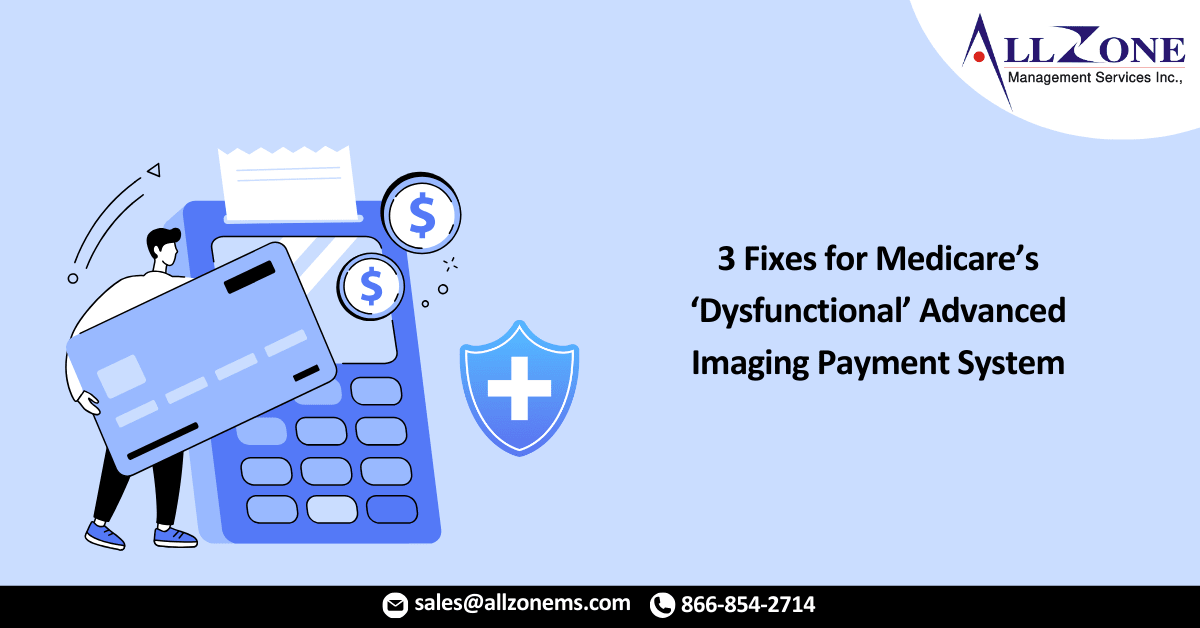Medicare Radiology Payment System approach to advanced imaging reimbursement has been “dysfunctional” for decades, but health policy experts have a few suggestions to fix it.
Over the past 20 years, the federal payment program witnessed “substantial” increases in the performance of MRIs, CT scans and nuclear studies, mostly in doc offices. A shift later occurred to hospital outpatient departments before a leveling off, Brookings Institution experts noted in a recent published policy paper.
Such trends were influenced by an “extraordinary” number of legislative changes, resulting in the movement of advanced imaging into outpatient settings.
“We termed this policymaking process ‘dysfunctional’ because there is no evidence that the results were anticipated or planned, despite the dramatic effect they have had on where advanced imaging is performed and at what cost,” Washington-based consultant Bruce Steinwald, former director of the Government Accountability Office, and co-authors from Brookings wrote. “Moreover, we are not convinced that the current policy direction will result in a more coordinated and strategic approach.”
Even with a leveling off of advanced imaging in Medicare Radiology Payment System, prices and utilization are still “considerably higher” here than other developed countries. Payments rates for the exact same services are also much higher in the Outpatient Prospective Payment System when compared to the Physician Fee Schedule, which has spurred hospital acquisitions of physician practices.
To combat some of these issues, Steinwald and Brookings offer up three suggestions to begin addressing this disfunction:
- The Centers for Medicare & Medicaid Services needs a more systematic method of establishing payment levels for services that use expensive equipment to deliver advanced imaging. Current data are lacking, and technology is constantly evolving.
- CMS should coordinate the processes for setting reimbursement under the physician fee schedule and outpatient payment system. Historically, rate-setting in the two segments has occurred independently, “resulting in often widely diverging fees and shifts in site of care to take advantage of payment differences.”
“Recognizing that hospitals will have higher overhead costs due to the need for 24/7 staffing for emergency patients and inpatient needs, a modest differential in rates would be justified, but we believe that it should not be as large as current differentials,” Steinwald and colleagues argued.
- A prior authorization system should be implemented to manage advanced imaging payment in Medicare. CMS is set to use Appropriate Utilization Controls to address this issue, but it has not been deployed as a payment tool.
“While the law establishing the AUC program allows for prior authorization to be called upon in cases where clinicians are shown to be outliers in their ordering of advanced imaging, CMS has not provided information on how outliers will be identified and how prior authorization will be applied,” the authors noted. “We hope that CMS will draw on the vast experience of private insurers and elevate prior authorization from a secondary to a primary tool to manage advanced imaging if the AUC program proves to be unduly permissive.
For More Information: fixes medicare advanced imaging payment system

